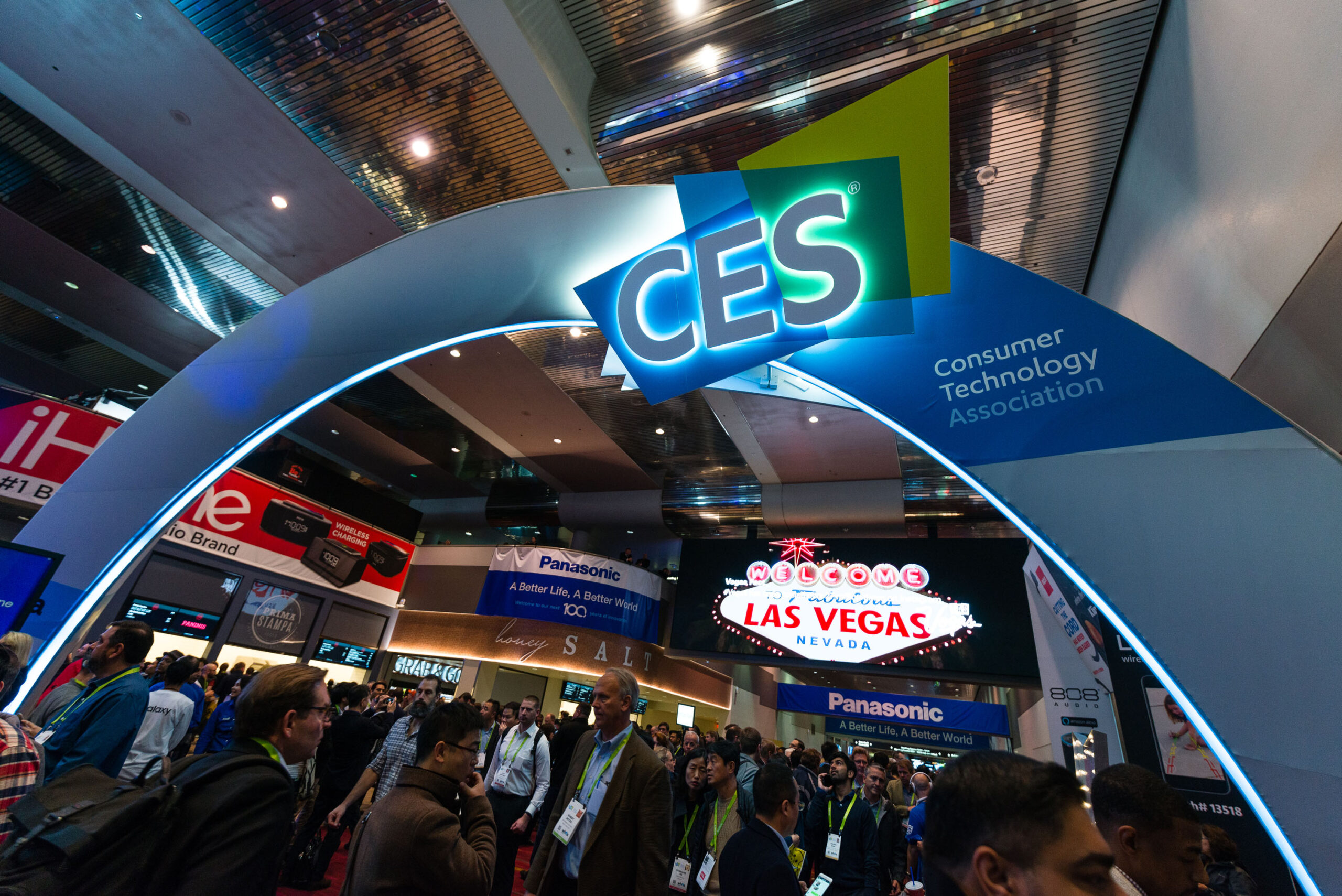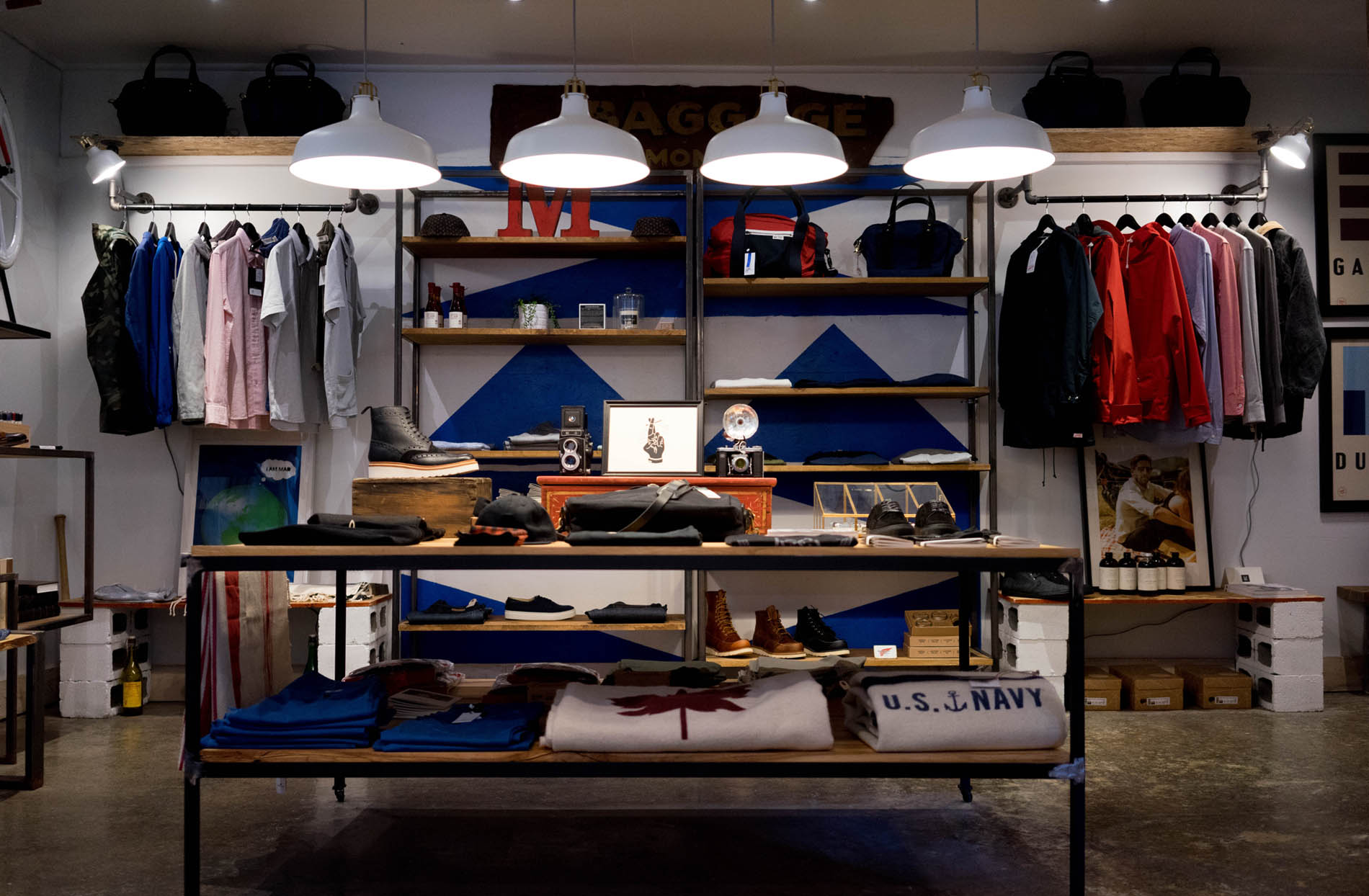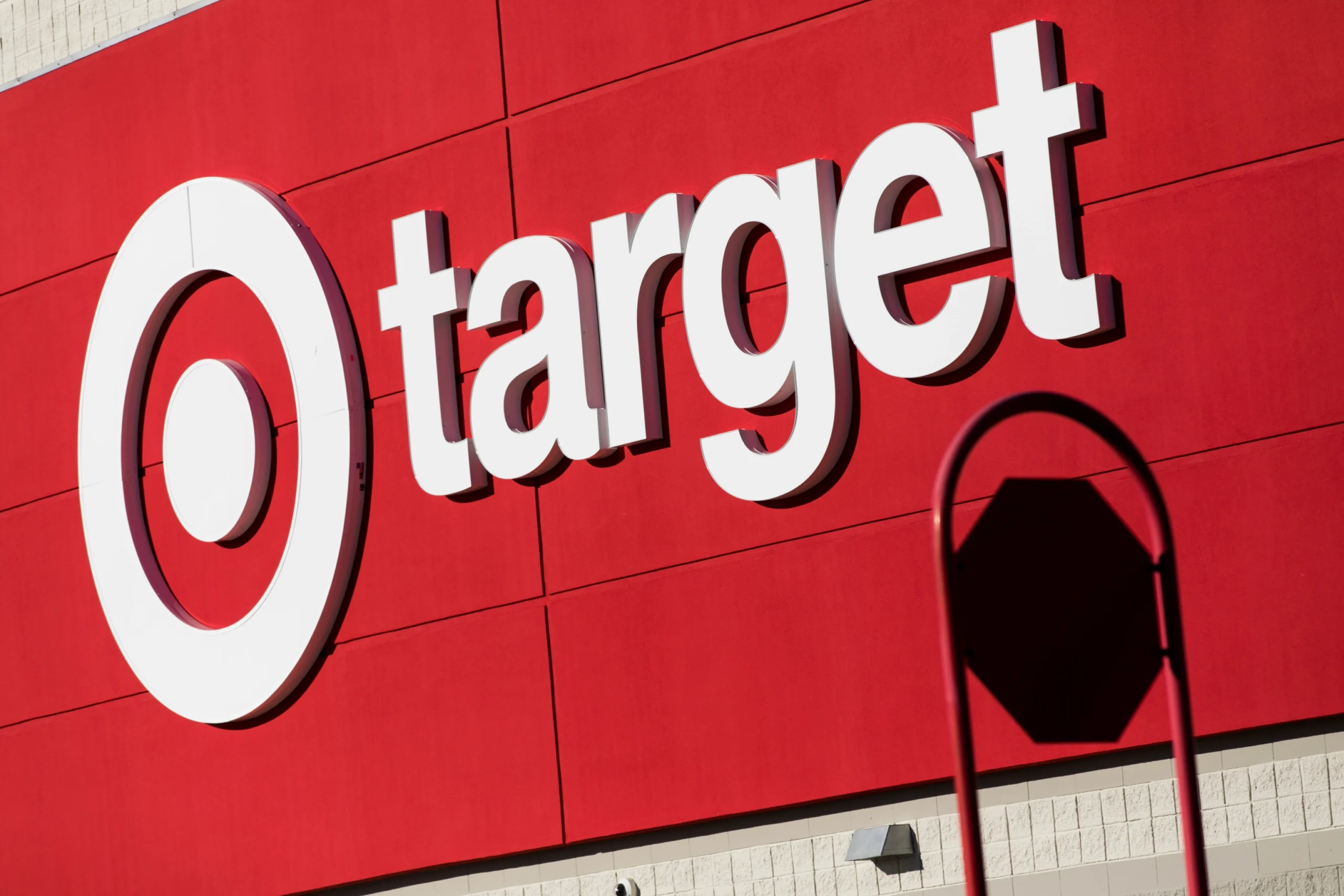Attending a tradeshow can be one of the best ways to generate leads, build brand awareness, and connect face-to-face with potential buyers. However, without the right strategy, many companies end up wondering if the time and money were worth it.
The good news? With proper planning and execution, your tradeshow marketing efforts can deliver real results. Here are nine proven steps to make your next tradeshow a success.
1. Plan Your Tradeshow Strategy Early
Successful tradeshows start months in advance. Don’t just register and forget about it—or worse, sign up last minute. Effective tradeshow planning goes beyond booking flights and hotel rooms.
Map out your pre-show, during-show, and post-show strategy, ensuring each step aligns with your company’s marketing goals. Decide what success looks like—whether it’s generating leads, increasing brand visibility, or launching a new product—and build your plan around those objectives.
2. Be a Speaker, Not Just an Exhibitor
Having a booth is great—but being a speaker positions you as an authority in your industry. Speaking at a tradeshow gives you instant credibility and visibility in front of a targeted audience.
Plus, you can use your presentation to drive booth traffic and continue conversations afterward. Submit your proposal to speak as early as possible—many events finalize speakers months ahead of time.
3. Set Clear Goals and KPIs
Before the event, determine exactly what you want to accomplish. Are you focused on brand awareness, lead generation, or sales conversions?
Establish measurable goals such as:
- The number of qualified leads captured
- The number of scheduled follow-up meetings
- The amount of social or press coverage generated
Having clear metrics will make it easier to evaluate your tradeshow ROI afterward.
4. Promote Your Presence Before the Show
Don’t wait until the tradeshow begins to get attention—start building buzz weeks in advance.
Promote your participation through:
- Email campaigns to prospects and customers
- Social media announcements with your booth number and highlights
- A short pre-show webinar or teaser video
- Personalized invitations to key leads for booth visits or product demos
The more people know you’ll be there—and why they should visit you—the stronger your show performance will be.
5. Choose the Right Booth Location and Layout
Booth location is everything. High-traffic areas near entrances, food courts, or main aisles get significantly more visibility. Register early to secure an ideal spot.
Make your booth open and inviting—avoid blocking the front with tables. Create an accessible layout with interactive stations, demo areas, or seating where attendees can engage with your team comfortably.
6. Design a Booth That Stands Out
In a crowded exhibit hall, you have only seconds to capture attention. Focus on bold visuals, clear branding, and simple messaging that tells visitors who you are and what you do at a glance.
Use your booth as a backdrop—not a brochure. Incorporate:
- Eye-catching banners and signage
- Consistent brand colors and logos
- Engaging digital displays or demo screens
When it comes to giveaways, think beyond pens and keychains. Choose branded items that are useful, memorable, and aligned with your company’s image.
7. Engage Attendees with Energy and Purpose
Your booth staff plays a critical role in your success. Train your team to be approachable, enthusiastic, and proactive. Phones and laptops should stay out of sight—your staff’s only job is to engage.
Add interactive elements like live demos, videos, contests, or mini-presentations to draw people in. Most importantly, have a clear system for capturing and qualifying leads, whether through scanners, QR codes, or digital forms.
8. Follow Up Quickly After the Event
Your work isn’t done when the tradeshow ends. A strong post-event follow-up strategy separates successful exhibitors from forgettable ones.
Within a few days of the event:
- Send a thank-you email to booth visitors
- Share your presentation slides or a related resource
- Nurture leads with a follow-up sequence based on interest level
Track responses and engagement to identify hot leads and continue meaningful conversations. This is where your real ROI starts to take shape.
9. Conduct a Post-Show Debrief
Once you’re back in the office, schedule a post-mortem meeting with your marketing and sales teams. Review what worked well, what didn’t, and what you can improve for next time.
Document lessons learned, assess lead quality, and compare results to your original goals. Each event should make your next one even better.
Final Thoughts
Any company—regardless of size or budget—can succeed at tradeshow marketing with a solid plan and consistent execution. By planning early, engaging effectively, and following through after the show, you’ll not only make the most of your investment but also turn tradeshow opportunities into long-term growth.
📩 Contact Retailbound today to learn how we can help you get your product onto retailers shelves—and beyond.
About the Author
Yohan Jacob is the President and Founder of Retailbound, a full-service retail management consultancy that helps brands successfully launch and scale their products across leading retailers. With extensive experience as a former retail buyer, Yohan and his team bridge the gap between product creators and retailers—offering expert support in retail strategy, buyer engagement, and channel marketing.pert guidance to increase their retail presence, navigate buyer relationships, and drive sales growth both in-store and online.



